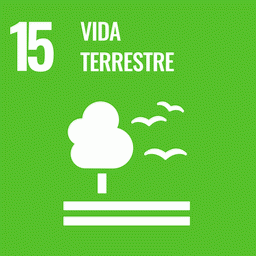Large-scale soy agriculture in the southern Brazilian Amazon now rivals deforestation for pasture as the region’s predominant form of land use change. Such landscape-level change can have substantial consequences for local and regional hydrology, but these effects remain relatively unstudied in this ecologically and economically important region. We examined how the conversion to soy agriculture influences water balances and stormflows using stream discharge (water yields) and the timing of discharge (stream hydrographs) in small (2.5–13.5 km2) forested and soy headwater watersheds in the Upper Xingu Watershed in the state of Mato Grosso, Brazil. We monitored water yield for 1 year in three forested and four soy watersheds.
Mean daily water yields were approximately four times higher in soy than forested watersheds, and soy watersheds showed greater seasonal variability in discharge. The contribution of stormflows to annual streamflow in all streams was low (<13% of annual streamflow), and the contribution of stormflow to streamflow did not differ between land uses. If the increases in water yield observed in this study are typical, landscape-scale conversion to soy substantially alters water-balance, potentially altering the regional hydrology over large areas of the southern Amazon.
